A report published today (03 February) by environmental consultancy Footprint Services, using Defra statistics, shows that the capacity has nearly doubled over the past decade as part of “targeted efforts” to reduce biodegradable waste heading to landfill.
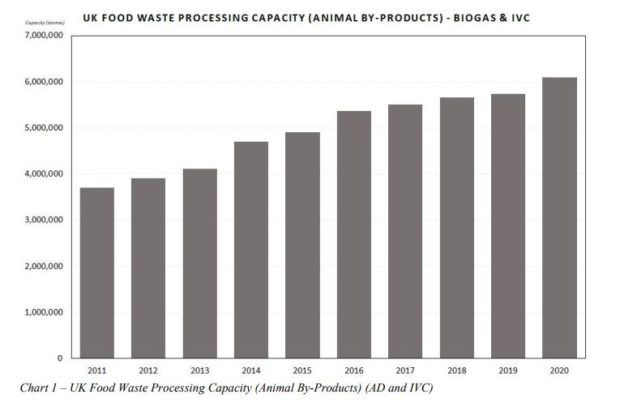
Support
Anaerobic digestion (AD) saw some of the biggest growth since 2011, rising from a capacity of just under 1.4 million tonnes to nearly 4.5 million tonnes.
Andrew Gadd, manager at Footprint Services, said this growth was supported by government promotion and financial incentive.
He said: “Although a long-established technology across Europe, AD was not in common use as a means of treating food waste in the UK until it was adopted as the technology of preference in 2009 by the then government versus the existing method of In-Vessel Composting (“IVC”). Over subsequent years, AD sites opened across the country, chasing generally the same feedstock as their IVC counterparts.”
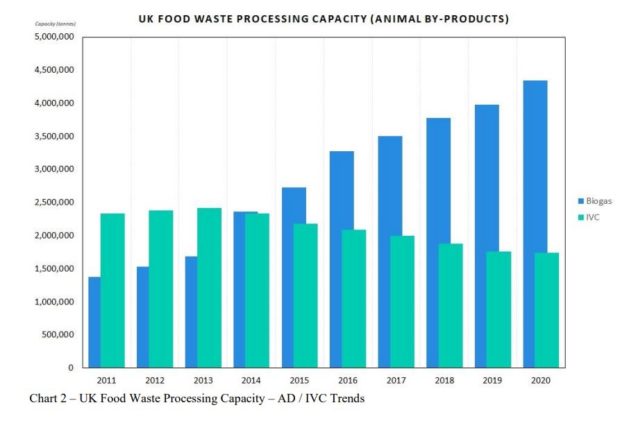
IVC
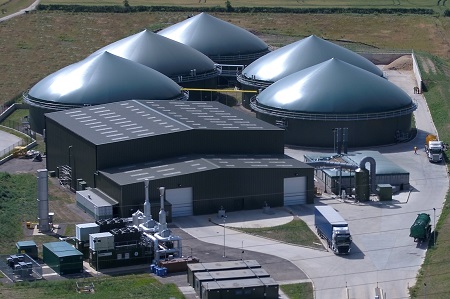
IVC sites began to decline in number from 2013, with many switching over to AD technology, increasing the number of these sites.
The document shows that there are more than twice as many AD sites than IVC facilities in 2020, with almost three-quarters of food waste being treated via the AD route.
Location
The document added that the distribution of these sites is not even across the country nor proportional to the population.
The report shows Yorkshire and Humber’s overall processing capacity has more than doubled in the past five years currently standing at over one million tonnes, making it the region with the greatest capacity for food waste in the UK.
This is because it is “well placed geographically” to received feedstock from a wide catchment from the West Midlands, North West, North East and East Midlands, as well as dealing with its own regional waste.
“Interestingly, the Yorkshire & Humber region is not a story of runaway AD dominance; the IVC capacity has remained comparatively robust in recent years,” Mr Gadd said.
He added: “The significance of Yorkshire & Humber in the overall UK-wide picture can be seen in the Sankey diagram below, where regions with comparatively higher populations (such as the West Midlands and London) have relatively low food waste processing capacity because of the lack of available sites in suitable locations with good access to the feedstock and availability of farmland.”
The fifth annual National Food Waste Conference takes place on Wednesday 3rd March 2021. Join representatives from food waste processors, producers, waste management companies, local authorities and charities – to discuss the extent to which the sector has been impacted by the pandemic, incoming mandatory weekly food waste collections in 2023 and case studies exploring how we tackle avoidable food waste. CLICK HERE to view the full programme of speakers.




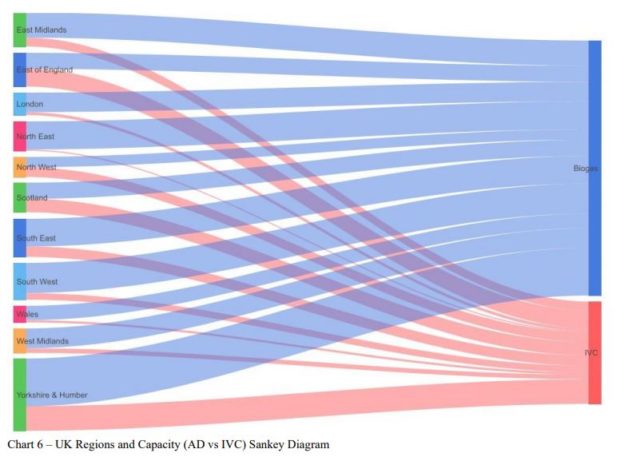
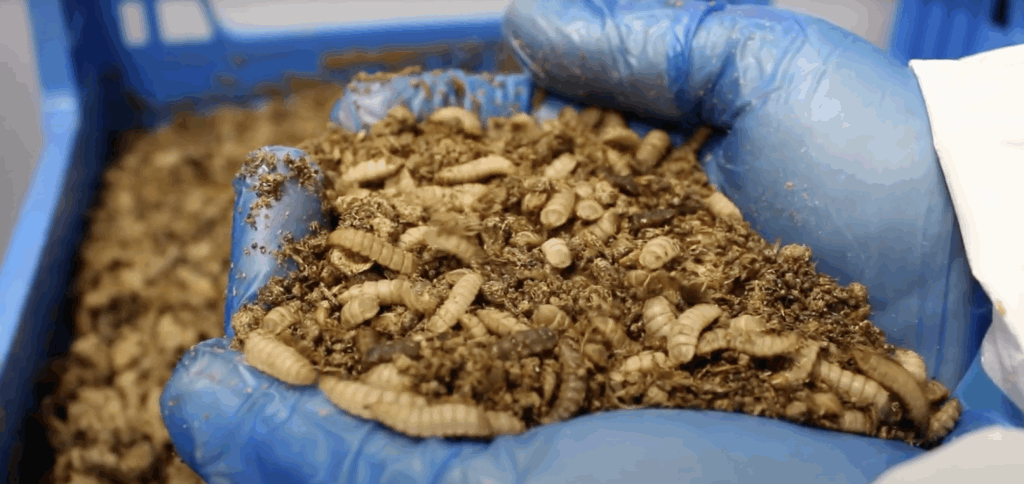

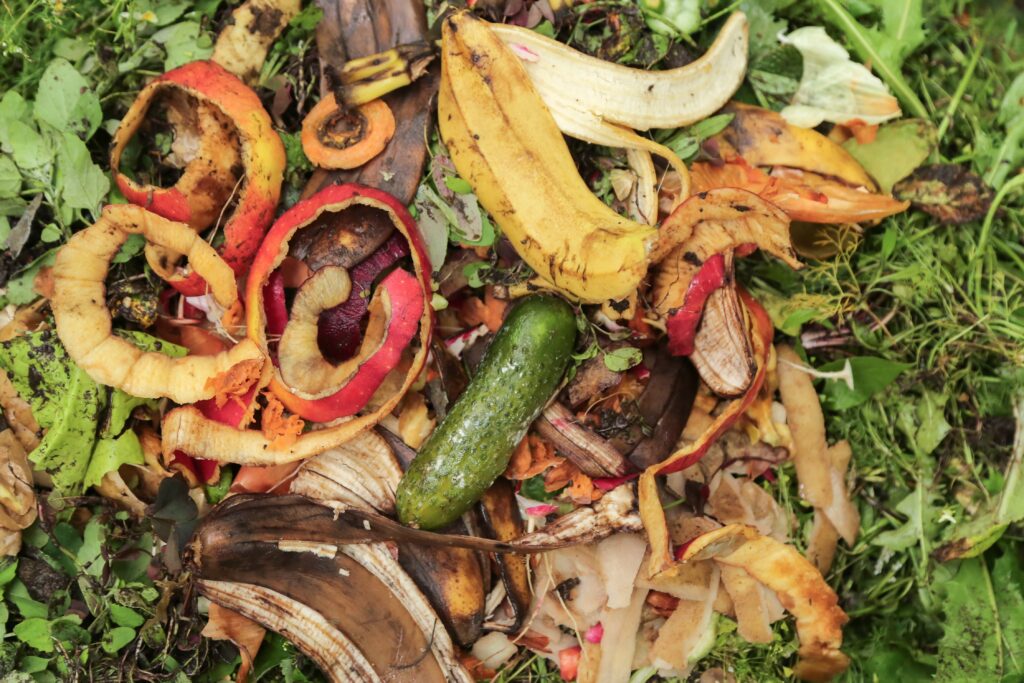
Subscribe for free